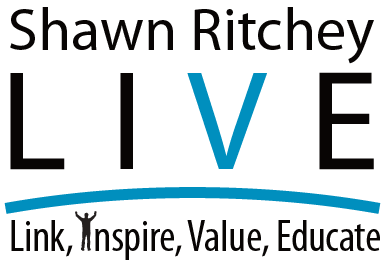25 Mar shawn’s safety & wellness tips in coronavirus times, continued…
Shawn’s Safety Tips in Covid-19 times, continued from March 24, 2020 https://shawnritchey.com/shawns-safety-wellness-tips-in-coronavirus-times/
Shawn’s Safety Tips in Covid-19 times – continued
5) IF CPR is needed, remember two important considerations:
First – Since there is now a growing concern that CPR “could” potential become a source for Covid-19 spreading, consider the following:
- Provide Compression Only (without rescue breathing);
- Use protective gloves (or some barrier between your hands and the person CPR is being performed on;
- Cover patient’s mouth with a cloth or article of clothing as a way to limit any exhalation from the patient. “When you’re doing the CPR, you’re pushing really hard on the patient’s chest and they’re expelling some air in the process as well, so if they are COVID patients, they’ll be spreading it all around,” said Dr. Vinayak Kumar with the Mayo Clinic. “This is the risk-benefit math you have to take into account.”
Second – quality matters: Quality CPR doesn’t guarantee success, but it can sure bump up the odds! Quality CPR includes:
- Placing hands on lower half of centered chest.
- Push chest hard to a depth of at least 2”. Remember, an average business card is 2″ high.
- Push fast. The rate of compressions needs to be at least 100 bpm and no more than 120 bpm. This range is really important. Utilize a metronome app on your smart phone. Or, 911 Dispatcher
- Allow the chest fully rebound or recoil after each downward compression: This, also, is really important as the downward compression pushing blood out of the heart to cause mechanical circulation, while the full recoiled chest allows the heart muscle to refill with blood.
- Ultimately this is a skill that needs to be practice not simply read about. Schedule a class for later in the year, https://shawnritchey.com/contact/
6) Not dead? Still care for their Airway and breathing! The premise of this statement is that many non-professional rescuers can get distracted with trying to diagnose and forget to care for the person who is ill or injured. There are so many signs or symptoms to consider that may cause any number of illnesses or conditions. So, remember, “Do not underestimate Comfort-care as being legitimate 1st Aid”. https://shawnritchey.com/educator/ If the person is not in need of CPR, they very well could be ill/injured enough that they cannot maintain their airway or breathing in the current position they are in. They may simply need to be reposition until medical professionals arrive. Examples could be:
- If on their back, place person on her side with one arm acting as a pillow and the top leg bent acting like a bicycle kickstand. This will allow their tongue to not block airway and any secretions in their mouth to drain out.
- If slumped way forward or sitting with their head tilted back, you may need to support the person’s head in a neutral position in order to allow them to better breath on their own.
7) Slip, Trip, Fall? Let the muscle breathe: When someone has a musculoskeletal injury, the natural response of the person injured is to “splint” their injured limb initially themselves. They do this by firing their muscle(s) in/around the area of injury. That is great until…
The muscle(s) start fatiguing. Think about whenever you have been holding a heavy item for a long period of time without relief. What was happening to your muscles? Were they starting to tremble, fatigue, cramp up? I’m going to suggest to you that that is the equivalent of their muscle holding its breath! Muscles work better with movement which creates more oxygen rich blood to the muscle. When a muscle isn’t or can’t move due to injury, the muscle will still fire – in an isometric contraction (contraction of muscle without moving the joint) – in order to self-splint. Again, it is like the muscle is holding its breath!
The best way you can help this person is to completely immobilize the injured limb – by baring the weight of their injured limb for them – in such a way that the injured person feels completely supported in the same position they were in when you found it. Once you bare the weight for them, you allow that person’s muscle to relax; which allows muscle to breathe again. Think K.I.S.S. (Keep It Simple & Sincere) when caring for others. And remember, “Do not underestimate comfort-care as being legitimate 1st Aid”.
Shawn Ritchey L.I.V.E. (Link, Inspire, Value, Educate) https://shawnritchey.com/contact/


